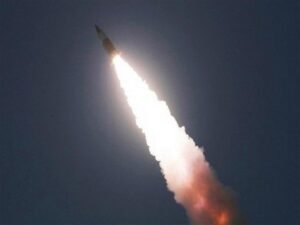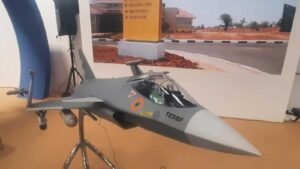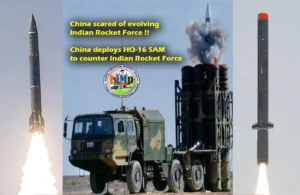Source : Bulgarian Military

Washington: The next-generation successor to the US Navy’s F/A-18 Super Hornet could be developed in two versions, or allow it to be operated in two modes. It is a manned and unmanned version [mode] of the F/A-XX fighter.
The US is early in the development of the F/A-XX. Washington is currently seeking an additional $1.53 billion from the budget. That much is planned for the development of the next-generation fighter.
The US Department of the Navy is requesting this budget as part of its budget proposal for the fiscal year 2024. The new aircraft is expected to replace the F/A-18E/F Super Hornet. Many features of the Stealth F/A-XX remain unclear, but the aircraft will likely become the US Navy’s quarterback for future aircraft carrier operations.
Hints
Although there is no clarity on what the “quarterback” of the US Navy will be, analysts are closely following the statements in Washington on the subject. Here, for example, Rear Admiral Gregory Harris made a statement that caused the first speculation. “When we look at it now, Next Generation Air Domination is a family of systems with a manned or unmanned platform, the F/A-XX. It is the fixed-wing part of the next-generation Air Domination system family,” said the head of the Air Warfare Directorate of the Naval Forces Command.
This statement is old, from 2021. But it is becoming relevant again after the US Navy officially requested money from the budget for the new fighter. In fact, this is the first evidence that the Pentagon is thinking about whether this fighter should not be developed in two versions – manned and unmanned. Or as one platform, but in two modes of operation.
Separate from the US Air Force program of the same name, the US Navy’s Next Generation Air Dominance [NGAD] project includes the F/A-XX as a component. However, the details of the Navy’s NGAD program are still unclear.
Aging Hornets
The new F/A-XX aircraft will replace the US Navy’s aging F-18 models. A recently released report by the US Congressional Budget Office revealed that the US Navy’s fleet of Super Hornet fighters, introduced in the late 1990s, has deteriorated faster than the F-18 Hornet fleet that preceded it.

More modern than previous Hornet models, the Super Hornets have lower serviceability rates than the F/A-18C/D when compared at similar ages, according to the CBO analysis.
Last year, the Navy announced it was working to avoid a shortage of combat aircraft by 2030. The service wants to fill any gap in the aircraft. This means the F-35C Joint Strike Fighter, the future F/A-XX manned NGAD cover fighter and the existing F/A-18E/F Super Hornets will get an additional 4,000 flight hours of life.







